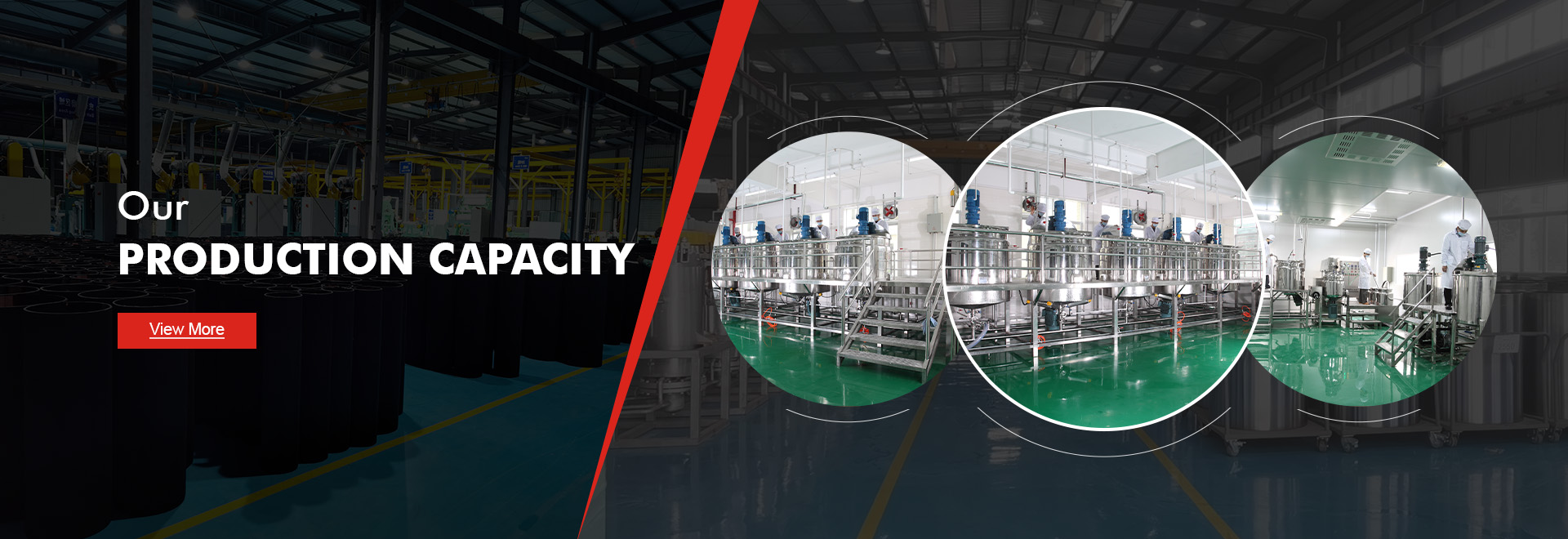- Arabic
- French
- Russian
- Spanish
- Portuguese
- Turkish
- Armenian
- English
- Albanian
- Amharic
- Azerbaijani
- Basque
- Belarusian
- Bengali
- Bosnian
- Bulgarian
- Catalan
- Cebuano
- Corsican
- Croatian
- Czech
- Danish
- Dutch
- Afrikaans
- Esperanto
- Estonian
- Finnish
- Frisian
- Galician
- Georgian
- German
- Greek
- Gujarati
- Haitian Creole
- hausa
- hawaiian
- Hebrew
- Hindi
- Miao
- Hungarian
- Icelandic
- igbo
- Indonesian
- irish
- Italian
- Japanese
- Javanese
- Kannada
- kazakh
- Khmer
- Rwandese
- Korean
- Kurdish
- Kyrgyz
- Lao
- Latin
- Latvian
- Lithuanian
- Luxembourgish
- Macedonian
- Malgashi
- Malay
- Malayalam
- Maltese
- Maori
- Marathi
- Mongolian
- Myanmar
- Nepali
- Norwegian
- Norwegian
- Occitan
- Pashto
- Persian
- Polish
- Punjabi
- Romanian
- Samoan
- Scottish Gaelic
- Serbian
- Sesotho
- Shona
- Sindhi
- Sinhala
- Slovak
- Slovenian
- Somali
- Sundanese
- Swahili
- Swedish
- Tagalog
- Tajik
- Tamil
- Tatar
- Telugu
- Thai
- Turkmen
- Ukrainian
- Urdu
- Uighur
- Uzbek
- Vietnamese
- Welsh
- Bantu
- Yiddish
- Yoruba
- Zulu
Oct . 08, 2024 08:52 Back to list
Understanding Big V Belts and Their Applications in Industrial Machinery
Understanding the Big V Belt A Comprehensive Overview
The big V belt, often referred to as a V-belt due to its trapezoidal cross-section, is a crucial component in various mechanical systems, primarily in automotive and industrial applications. Its design allows for efficient power transmission between shafts while accommodating misalignment and variations in the distance between pulleys. This article delves into the significance, types, applications, and maintenance of big V belts.
Significance of Big V Belts
Big V belts play a pivotal role in the mechanics of many machines. They are integral in transferring power from the engine to various components like alternators, water pumps, air conditioning compressors, and more. The wedgeshape allows for a greater surface area to grip the pulley, which enhances the belt's ability to handle high loads and prevents slippage. This makes big V belts ideal for high-strength situations, ensuring the smooth operation of machinery.
Types of Big V Belts
There are several types of big V belts, each designed for specific applications. The most common types include
1. Classical V Belts These are characterized by their standard V shape and are widely used in various applications due to their versatility. They come in different sizes, making them suitable for both small and large machinery.
2. Narrow V Belts These belts have a narrower cross-section, allowing them to be mounted in tighter spaces. They are ideal for high-speed applications where reduced weight and improved flexibility are essential.
3. Cogged V Belts Designed with notches along the inner surface, cogged V belts offer increased flexibility and can bend around smaller pulleys without losing grip. They are particularly useful in applications involving variable speeds.
big v belt

4. Poly V Belts These belts combine multiple small V-belts into a single, flat belt. They provide a larger surface area for contact, reducing the overall space required for installation while still transmitting substantial power.
Applications
Big V belts are used in a wide range of industries, from automotive to agriculture, and manufacturing. In cars, they are essential for connecting engine components and ensuring that systems like power steering and air conditioning operate efficiently. In industrial settings, big V belts drive conveyor systems, pumps, and generators, showcasing their versatility and reliability.
Maintenance Tips
To ensure longevity and optimal performance, proper maintenance of big V belts is crucial. Here are a few tips
- Regular Inspections Check for signs of wear such as cracks, fraying, or glazing. Early detection can prevent more extensive damage. - Proper Tensioning Ensure that belts are correctly tensioned. Over-tensioning can lead to premature wear, while under-tensioning can cause slippage. - Alignment Checks Misalignment can cause uneven wear and should be corrected immediately. - Cleanliness Keep pulleys and belts clean from oil, dirt, and debris, which can hinder performance.
Conclusion
Understanding the role and functionality of big V belts can greatly enhance the efficiency and longevity of machinery. By choosing the right type of belt for the application and ensuring regular maintenance, users can maximize the performance of their equipment, minimizing downtime and costs. In the fast-paced world of machinery, big V belts remain an unsung hero, quietly powering our infrastructure and equipment.
-
Upgrade Power Steering Pump Belt for Smooth, Quiet Operation
NewsAug.27,2025
-
Precision Timing Belt & Chain: Engine Performance & Durability
NewsAug.26,2025
-
Precision Lathe Drive Belts: Durable & Reliable Performance
NewsAug.25,2025
-
84.5 Serpentine Belt: Durable & Precision Fit for Your Engine
NewsAug.24,2025
-
Premium Ribbed Drive Belts for Quiet Power Transmission
NewsAug.23,2025
-
High-Performance Vehicle Timing Belt for Engine Precision
NewsAug.22,2025

